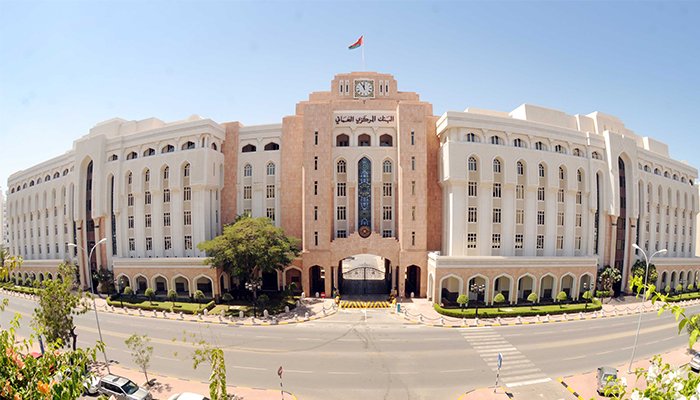RIYADH: Oman’s total outstanding credit from other depository corporations reached 31.4 billion Omani rials ($81.6 billion) by June, reflecting a 3.8 percent year-on-year increase, according to official data.
The Central Bank of Oman’s latest bulletin reported a 2.3 percent rise in credit extended by traditional commercial banks during this period. Support for the private sector grew by 1.6 percent, totaling 20.5 billion rials by the end of June. Additionally, investments in securities by commercial banks surged by 22.4 percent, reaching approximately 5.6 billion rials.
These developments align with Oman’s Vision 2040, which focuses on diversifying revenue sources, improving financial inclusion, and boosting private sector engagement. The plan aims to enhance the financial sector’s contribution to gross domestic product, promote digital transformation, and increase foreign direct investment in key industries.
Despite the overall growth, investments in government development bonds declined by 8.3 percent year on year to 1.9 billion rials. In contrast, investments in foreign securities saw a significant increase of 67.9 percent, totaling 2.2 billion rials by the end of June.
On the liabilities side, total deposits at commercial banks grew by 10.9 percent, reaching 24.7 billion rials. Government deposits decreased by 0.9 percent to 5.3 billion rials, while deposits from public sector institutions increased by 12.1 percent to 1.8 billion rials. Private sector deposits rose robustly by 11.5 percent, reaching 16.5 billion rials, making up 66.8 percent of total deposits.
Parallel to the banking sector’s growth, Oman’s oil exports saw a slight increase despite reduced production. By the end of July, total crude oil exports amounted to approximately 179 million barrels, with an average price of $82.5 per barrel. Preliminary data from the National Center for Statistics and Information indicates that oil exports accounted for 84.5 percent of the Sultanate’s total oil production, which was 211.8 million barrels.
Vision 2040 seeks to balance maximizing energy revenues with long-term sustainability. The strategy emphasizes improving oil production efficiency, investing in advanced technologies, and expanding the role of renewable energy while gradually reducing the economy’s reliance on oil.
Although oil exports increased by 0.05 percent compared to the previous year, production decreased by 5.2 percent to 211.9 million barrels. Crude oil production saw a notable 7.1 percent decline, reaching 162.2 million barrels, while condensate production increased by 1.6 percent to 49.6 million barrels. Oman’s average daily oil production until July was 994,800 barrels.
China remained the largest importer of Omani oil, with total exports reaching 171 million barrels, a 4.8 percent increase from the same period in 2023. Japan followed with 3.456 million barrels, reflecting a sharp 40.9 percent decline, while South Korea imported 2.5 million barrels, a 28.1 percent increase over the previous year.
Source: Arab News



